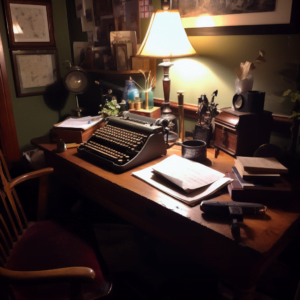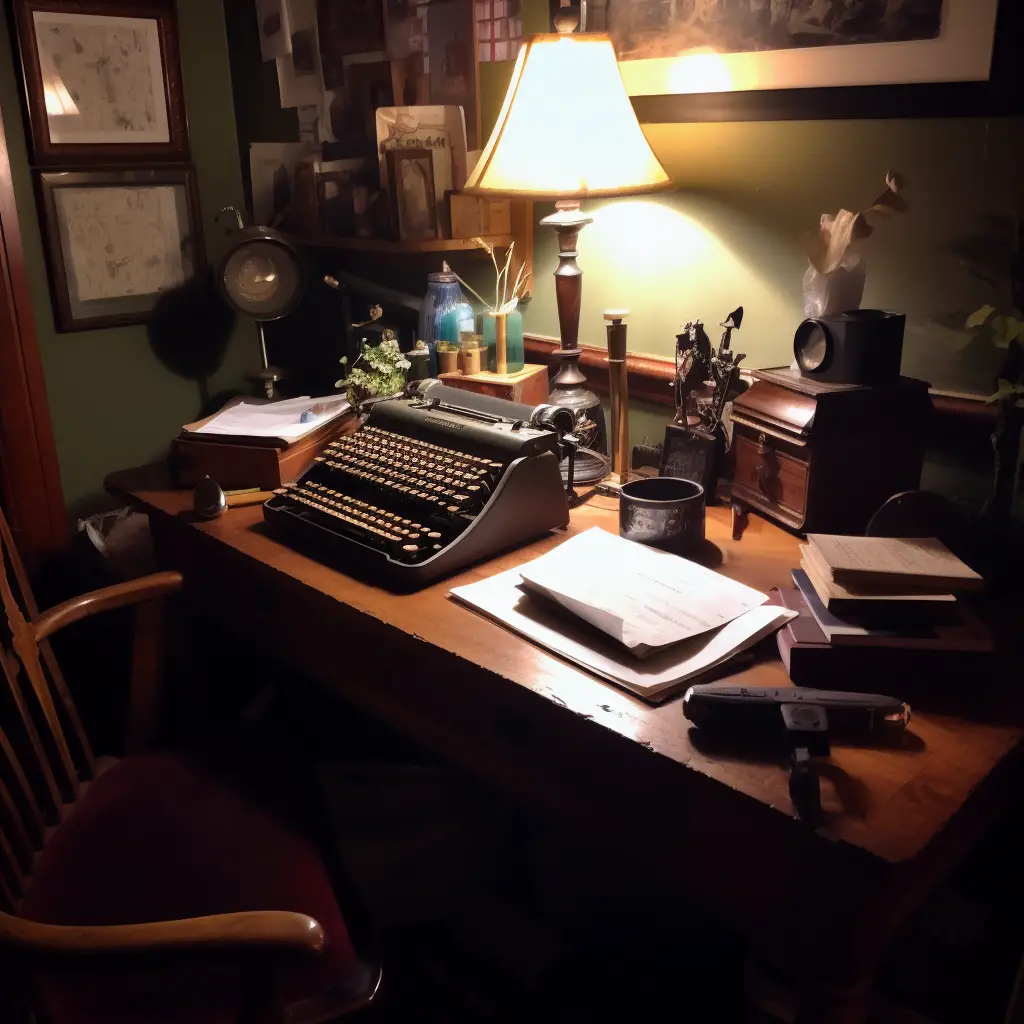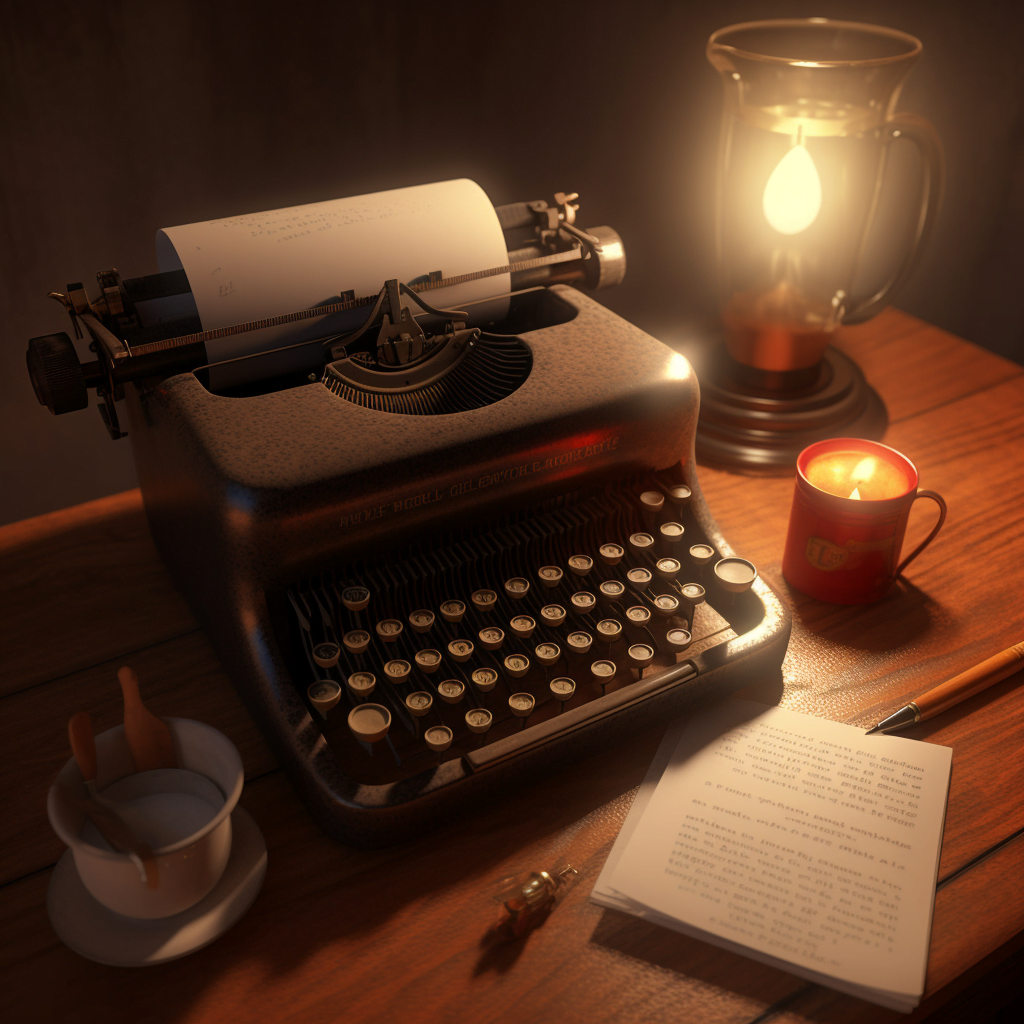
A zeugma is a rhetorical device used in poetry to combine two words or phrases that have a shared meaning, often in a humorous way. For example, a poet might write “She packed her bags and her patience“ to illustrate the idea of a person who is preparing to go on a long journey.
Zeugma: A Fun Tool for Writers
Zeugma, not to be confused with a zebra or zigzag, is an interesting and playful literary device that can add a bit of humor, color, and creativity to writing. Though often used in poetry, zeugma can be found in prose, speeches, and even everyday conversations. So, what exactly is zeugma and how can it be employed in writing? Let’s dive in and explore this curious concept!
The Anatomy of a Zeugma
To understand zeugma, imagine a word or phrase acting as a linguistic bridge, connecting two different ideas. This bridge, which is usually a verb or adjective, allows the writer to create a unique, sometimes amusing, connection between two concepts or images that share a common element.
There are two types of zeugma: syllepsis and diazeugma. Syllepsis is when the connecting word is used in a literal sense with one part and in a figurative sense with the other. Diazeugma is when the connecting word is used with multiple parts of the sentence, creating a chain effect.
Benefits of Using Zeugma
Incorporating zeugma into writing can provide numerous benefits, such as:
- Adding humor: Zeugma can create a comical effect by making unexpected connections, catching readers off guard and leaving them chuckling.
- Creating vivid imagery: By linking two ideas or images, zeugma can produce a memorable picture in the reader’s mind, helping the writing stand out.
- Improving conciseness: Zeugma allows a writer to convey multiple ideas using fewer words, leading to a more concise and efficient piece of writing.
Crafting Zeugma: Tips and Tricks
To create zeugma in writing, follow these simple steps:
- Choose a connecting word: Identify a verb or adjective that can be used to link two different ideas or images.
- Pick the ideas to be connected: Select two concepts, images, or phrases that share a common element with the connecting word.
- Combine the elements: Use the connecting word to bridge the two ideas, creating an interesting and unique connection.
Remember, practice makes perfect! Experiment with zeugma to find the right combination of words and ideas that best suits the intended tone and message.
Examples of Zeugma in Literature and Everyday Life
To better understand how zeugma works, here are some examples from literature, popular culture, and everyday expressions:
- William Shakespeare’s “Julius Caesar”: “Friends, Romans, countrymen, lend me your ears; I come to bury Caesar, not to praise him.”
- Alexander Pope’s “The Rape of the Lock”: “Here Thou, great Anna! whom three realms obey, dost sometimes counsel take – and sometimes tea.”
- F. Scott Fitzgerald’s “The Great Gatsby”: “He opened to them a new world fitted with a new language which could adequately express the quality of their dreams and the rapture and confusion of their grand destinies.”
- A common expression: “He broke the law and his mother’s heart.”
Zeugma Practice Time: Creating Examples
To help master the art of zeugma, try crafting a few examples. Remember to choose a connecting word, pick the ideas to be connected, and combine the elements in an interesting and unique way.
#1. Connecting word: “carry”
- Idea 1: a backpack
- Idea 2: a tune
- Zeugma example: “She carried her backpack and a tune all the way to school.”
#2. Connecting word: “lost”
- Idea 1: keys
- Idea 2: temper
- Zeugma example: “He lost his keys and his temper in the busy parking lot.”
#3. Connecting word: “wear”
- Idea 1: a suit
- Idea 2: a smile
- Zeugma example: “At the party, he wore a suit and a smile that made everyone feel welcome.”
#3. Connecting word: “catch”
- Idea 1: a ball
- Idea 2: a cold
- Zeugma example: “During the baseball game, she managed to catch a ball and a cold.”
Feel free to come up with more examples to get comfortable with the concept of zeugma. Experiment with different connecting words and ideas to create a variety of effects, such as humor, vivid imagery, or conciseness.
Zeugma, a Writer’s Secret Weapon
Zeugma is a versatile and engaging rhetorical device that can add flair, humor, and creativity to writing. By understanding its structure and purpose, writers can craft unique and memorable connections between ideas, images, and phrases. Whether writing poetry, prose, or just engaging in everyday conversation, zeugma can be a secret weapon to make any piece of writing stand out. So, go forth and explore the world of zeugma, and watch as words weave unexpected connections, sparking laughter and wonder in the reader’s mind.
If you’re thirsty for more writing knowledge, head over here to learn all 74 literary devices.





